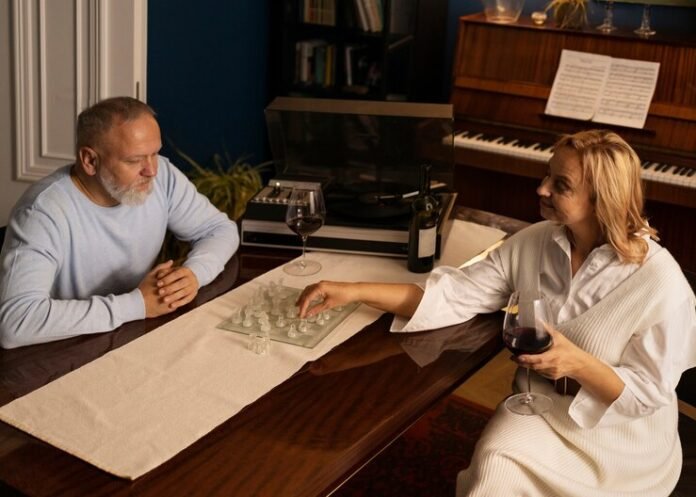Who Was Annice B. Wood?
Annice B. Wood is a name that resonates deeply within the local history community of Maryland. Her tireless dedication to preserving the state’s rich heritage has left an indelible mark on the region. This blog post aims to shine a light on her extraordinary contributions, exploring her early life, the impactful projects she spearheaded, and how her legacy continues to inspire local history enthusiasts.
Early Life and Education
Annice B. Wood was born and raised in Maryland, a state known for its vibrant history and cultural richness. From a young age, Annice exhibited a deep fascination with history, often immersing herself in books and stories about the past. She pursued her higher education at the University of Maryland, where she majored in History and minored in Anthropology. Her academic background provided a solid foundation for her future endeavors in local history preservation.
The Spark That Ignited Her Passion
While studying at the university, Annice was captivated by a lecture on the importance of preserving local histories. This moment was a turning point for her, as she realized the crucial role that local history plays in understanding and appreciating our collective past. Determined to make a difference, Annice became actively involved in several local history clubs and organizations, laying the groundwork for her lifelong commitment to historical preservation.
Spearheading Key Projects
The Heritage Restoration Initiative
One of the most significant projects Annice B. Wood led was the Heritage Restoration Initiative. This ambitious project aimed to restore and preserve historical landmarks across Maryland. Annice’s meticulous attention to detail and unwavering dedication ensured that these landmarks were not only preserved but also brought to life for future generations to appreciate.
The Maryland Historical Archives
Another remarkable achievement was her work with the Maryland Historical Archives. Annice played a pivotal role in organizing and digitizing thousands of historical documents, making them accessible to researchers, students, and the general public. Her efforts have made it easier for people to explore and understand Maryland’s rich history.
Community Outreach Programs
Understanding the importance of community involvement, Annice initiated several outreach programs to educate and engage the public in local history. These programs included history walks, school visits, and public lectures, all designed to foster a deeper appreciation for Maryland’s heritage among community members.
Insights from Local Historians
To truly understand the impact of Annice B. Wood’s work, we turned to local historians and community members who had the privilege of working with her. Dr. Emily Carter, a renowned historian, recalls Annice as a “pillar of the local history community, whose passion and dedication were unparalleled.” Many others echoed this sentiment, highlighting her ability to inspire and mobilize people around the cause of historical preservation.
Community Members’ Perspectives
Local community members also shared their thoughts on Annice’s contributions. Jane Thompson, a long-time resident and volunteer, mentioned how Annice’s initiatives “brought the community together and made us all more aware of our shared heritage.” These personal testimonials underscore the profound impact that Annice had on both individuals and the broader community.
Continuing Annice B. Wood’s Legacy
Honoring Her Work
The best way to honor Annice B. Wood’s legacy is to continue her work in preserving local history. Communities can organize events, fundraisers, and volunteer programs dedicated to historical preservation. By doing so, they ensure that the passion and dedication Annice brought to her work live on.
Importance of Local History Preservation
Local history preservation is vital for several reasons. It helps us understand our roots, appreciate the progress we’ve made, and learn valuable lessons from the past. Preserving local history also strengthens community identity and pride, fostering a sense of belonging among residents.
Getting Involved
There are many ways to get involved in local history preservation. You can volunteer at local museums, contribute to historical research, or participate in community events focused on history. Every small effort counts and contributes to the larger goal of keeping our history alive.
Conclusion
Annice B. Wood’s contributions to Maryland’s local history are nothing short of extraordinary. Her work has not only preserved countless historical landmarks and documents but has also inspired a new generation of history enthusiasts. As we reflect on her legacy, it’s clear that individuals like Annice play a crucial role in shaping our understanding of the past. By continuing her work, we can ensure that Maryland’s rich history remains vibrant and accessible for generations to come.
For those inspired by Annice’s story and looking to make a difference, consider joining local history clubs, attending community events, and contributing to historical preservation projects. Together, we can celebrate and honor the legacy of Annice B. Wood while safeguarding our shared heritage.
Taking a moment to appreciate the efforts of individuals like Annice B. Wood can deepen our connection to local history and enrich our lives. If you’re eager to learn more about Maryland’s history or get involved in preservation efforts, don’t hesitate to reach out to local historical organizations or visit community archives.


